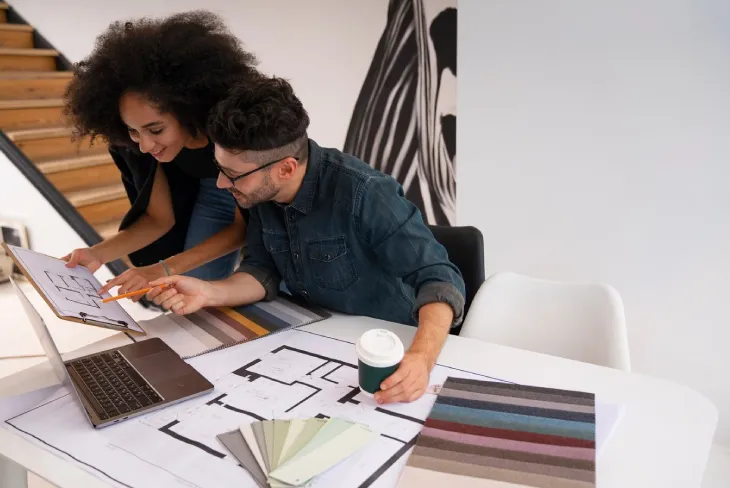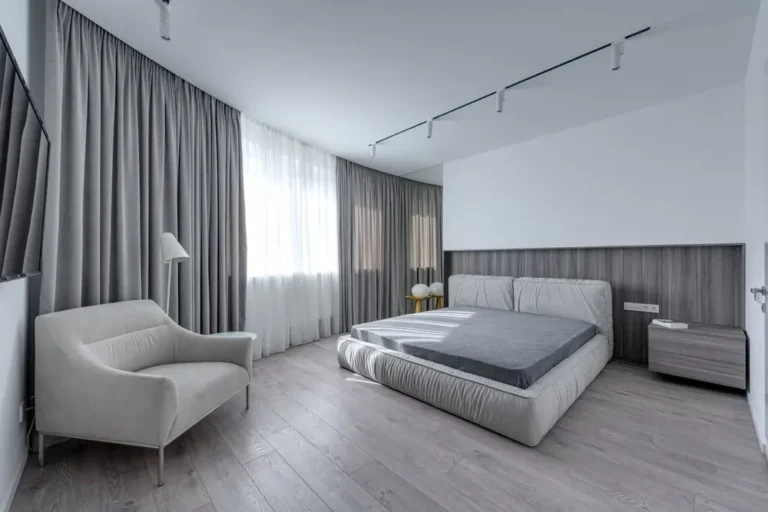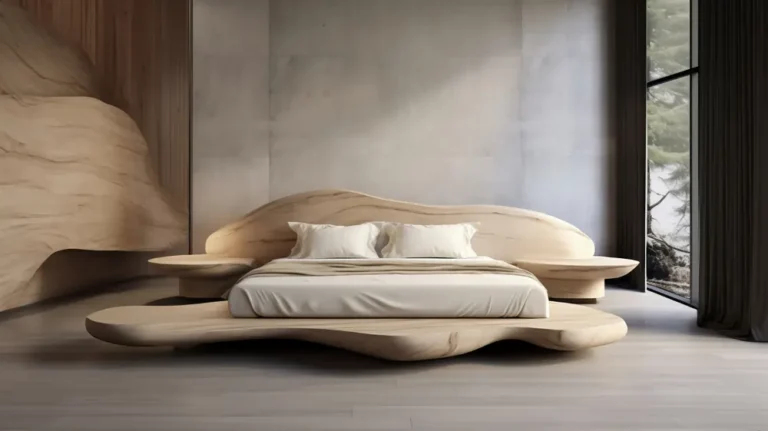Surprise! You might be shocked to learn that a stunning interior design project can range anywhere from a few hundred bucks to a jaw-dropping six figures. Yes, you heard that right! When it comes to revamping a living space, the question on everyone’s lips is, “What is a good budget for interior design?” This question is not just about money; it’s about creating a space that feels like home, a sanctuary that reflects one’s personality and lifestyle.
In a world where home is more than just a roof over one’s head, understanding budgeting for interior design becomes crucial. It’s all too easy to get swept up in the glam of glossy magazines, where every room looks like a million dollars. However, knowing how to allocate your funds wisely can turn that dream into a reality without sending your finances into a tailspin.
This article will unravel the complexities of budgeting for interior design, providing insights, tips, and a clear path forward for anyone looking to transform their space.
The Need for a Budget in Interior Design
The truth is, that starting an interior design journey without a budget is like sailing a ship without a compass. It’s a recipe for disaster! Many people fall into the trap of underestimating costs or overestimating what they can achieve with their finances. This often leads to frustration, half-finished projects, and, let’s face it, a hefty amount of stress.
A well-thought-out budget gives a solid framework for the design process. It helps prioritize what’s truly important, whether it’s a chic sofa that makes a statement or art pieces that spark joy. It ensures that the transformation remains enjoyable and achievable, rather than a financial burden.
What Influences Your Interior Design Budget?
When considering a budget for interior design, several factors come into play. Each element can significantly alter the cost, so understanding these variables is essential for any homeowner or renter looking to refresh their space.
1. The Scope of the Project
First and foremost, the size and scope of the project determine the budget. Are we talking about a single room or a whole house? A living room refresh will typically cost less than a full kitchen remodel. As per HomeAdvisor, the average cost to redesign a single room can vary from $1,000 to $10,000, depending on the extent of the work.
2. Designer Expertise
The designer’s experience can also affect the budget. Hiring a novice designer might save some cash, but seasoned professionals bring valuable insights and skills that can ultimately save money by avoiding costly mistakes. According to the American Society of Interior Designers, professional fees can range from $50 to $500 per hour, depending on their expertise and location.
3. Materials and Furnishings
The materials selected will significantly impact the overall cost. High-end materials, like custom cabinetry or designer fabrics, can quickly inflate a budget. Conversely, opting for budget-friendly options doesn’t mean skimping on style. Finding the right balance is key, and sometimes it’s about being resourceful rather than extravagant.
4. Location
Where one lives can also play a role in budgeting. Urban areas tend to have higher costs due to demand and living expenses. For example, a designer in New York City will generally charge more than one in a smaller town.
5. Personal Style
Last but not least, personal style and preferences can shape the budget. A taste for luxurious decor versus a minimalist approach can lead to vastly different cost estimates. Understanding one’s style helps set realistic expectations for how much to invest in the design.
Typical Budget Ranges
Understanding the typical budget ranges can help set realistic expectations. Here’s a breakdown based on project scope:
| Project Type | Estimated Cost |
|---|---|
| Single Room Redesign | $1,000 – $10,000 |
| Whole House Redesign | $10,000 – $200,000 |
| Kitchen Remodel | $15,000 – $50,000 |
| Bathroom Remodel | $10,000 – $30,000 |
| Custom Furniture | $500 – $5,000+ |
These figures represent averages, and costs can fluctuate based on the choices made. It’s vital to remember that these are not hard and fast rules but rather guidelines to help navigate the design journey.
Crafting Your Budget: The Steps to Take
Now that there’s a clearer understanding of the factors influencing the budget, it’s time to roll up your sleeves and create a budget that works. Here’s a straightforward approach to do just that.
1. Define Your Goals
Before diving into numbers, it’s crucial to define the design goals. What does the space need? Is it more functional, or is it primarily about aesthetics? Knowing the answers will guide the budgeting process.
2. Research and Gather Estimates
Next, research designers and materials. Gathering estimates from different sources helps paint a clearer picture of potential costs. Websites like Houzz and HomeAdvisor can be invaluable in this research phase.
3. Create a Detailed List
Break down the project into specific categories such as furniture, paint, flooring, and labor costs. This detailed breakdown allows for better tracking and adjustments if necessary.
4. Set a Contingency Fund
Life is unpredictable, and so is interior design. Setting aside a contingency fund of about 10-20% of the total budget can cushion against unexpected costs. This way, surprises don’t derail the entire project.
5. Monitor and Adjust
As the project unfolds, continually monitor spending. If certain areas come in under budget, consider reallocating those funds to areas that may have exceeded expectations.
The Emotional Aspect of Budgeting
Let’s not forget the emotional side of budgeting for interior design. The process can be exhilarating but may also bring on anxiety. The pressure to make the right choices can feel overwhelming. But remember, it’s all part of the journey. Embracing the process with a positive mindset can lead to remarkable results.
A Personal Touch
Consider a recent experience where a homeowner named Sarah found herself in a conundrum. She had a vision of a cozy reading nook but was overwhelmed by the costs. By setting a budget and dividing the project into manageable parts, she found creative solutions. She sourced second-hand furniture, painted an old chair, and even hung up some cherished family photos. Not only did she stay within budget, but she also ended up with a space that was uniquely hers—full of memories and character.
Conclusion
Ultimately, what is a good budget for interior design? The answer lies in understanding one’s needs, preferences, and circumstances. A well-planned budget not only makes the design process smoother but also ensures that the final result is a true reflection of the individual’s style and desires.
Creating a beautiful space doesn’t have to be a money pit; it can be an enjoyable and fulfilling journey. And as one steps back to admire the transformation, the satisfaction of turning a house into a home is worth every penny spent.
So, let the adventure begin—after all, home is where the heart is!



